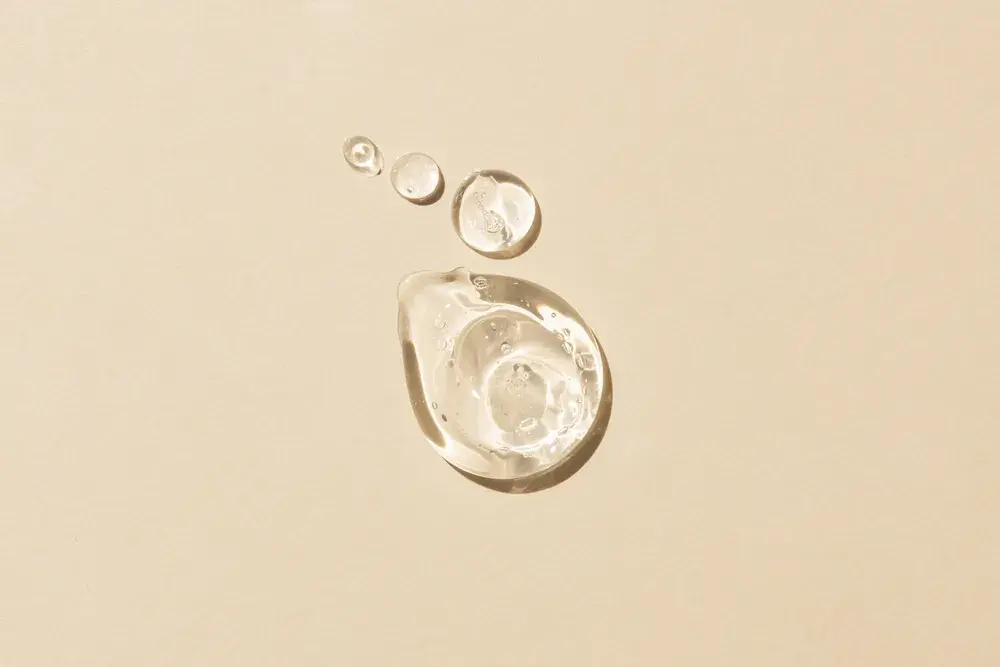What Is Vitamin A?
You can find vitamin A in many skincare products — especially those formulated for mature and acne-prone skin types. So, what is vitamin A, and how do you know whether it's right for your skin?
Vitamin A is a fat-soluble retinoid, meaning it dissolves in fats and oils. It also functions as an antioxidant, so it helps fight your skin from free radicals and their visible effects. Free radical damage results from environmental stressors like ultraviolet (UV) radiation and pollution, and it can show up on your skin in the form of wrinkles, blemishes, and discoloration. Vitamin A minimizes these effects and promotes cell regeneration, visibly improving skin tone and texture.
In over-the-counter skincare products, vitamin A derivatives include retinol or retinaldehyde (also known as retinal). Prescription skincare products with vitamin A often contain tretinoin or adapalene.
Where Does Vitamin A Come From?
Natural vitamin A can be found in animal and plant foods. Animal sources contain preformed vitamin A (retinol and retinyl esters), while plant sources provide provitamin A carotenoids, which your body converts into retinol. Carotenoids — such as alpha-carotene, beta-carotene, lycopene, lutein and astaxanthin — are useful in skincare products for their antioxidant and photoprotective effects, which diminish the look of UV damage and skin inflammation.
Retinol is the most common synthetic retinoid added to over-the-counter skincare products due to its stability in skincare formulations and general tolerability. You can also find vitamin A in fortified foods and supplements.
How To Incorporate Vitamin A Into Your Skincare Routine
Start With a Patch Test and Go Slow
Some people experience skin irritation with topical vitamin A, such as dryness, redness and itching. Patch test a small area of skin, and start with an over-the-counter formula with a lower concentration of vitamin A (0.5% or lower). Add one retinoid-containing product to your routine at a time, and use it once every three days to start. Depending on your skin's reaction, try ramping up to every other night after a week or two. You can graduate to daily use once your skin adjusts.
Take your skin type and concerns into account before adding vitamin A to your skincare routine. If you have sensitive or inflamed skin, check with your dermatologist first. If you're already using over-the-counter retinol products and are interested in prescription-strength vitamin A, talk to your dermatologist about what type is right for you and how to minimize side effects like skin irritation and dryness.
Pick Your Potion
You can choose from retinol creams, retinol moisturizers and retinol serums to help address skin concerns. Decide which skin concern you want to target and go from there.
Dark Spots
Try Neutrogena® Rapid Tone Repair Retinol + Vitamin C Dark Spot Corrector for a targeted approach to reduce the appearance of dark spots. To address uneven skin tone and visibly brighten skin, opt for Neutrogena® Rapid Tone Repair Correcting Cream with retinol and vitamin C.
Fine Lines and Wrinkles
Want to diminish the appearance of wrinkles and fine lines? Start with Neutrogena Rapid Wrinkle Repair® Retinol Pro+ 0.3% Night Cream. Work your way up to Neutrogena Rapid Wrinkle Repair® Retinol Pro+ .5% Power Serum for smoother, radiant-looking skin in as little as one week.
Acne
If you're looking to improve the appearance of acne and post-acne marks, try Neutrogena Stubborn Marks® PM Treatment. Powered by Retinol SA to enhance skin turnover, 88% of people saw improved skin tone after just 12 weeks.
Moisturize and Protect
Moisturize your skin regularly when using vitamin A skincare products to minimize dryness and irritation. Retinoids can also increase your skin's sensitivity to the sun, so use vitamin A products as part of your evening routine. Apply a broad-spectrum sunscreen with SPF 30 or higher every morning, reapply at least every two hours throughout the day and minimize sun exposure.





